We’re Doomed! Doomed!
We're all gonna die, folks.
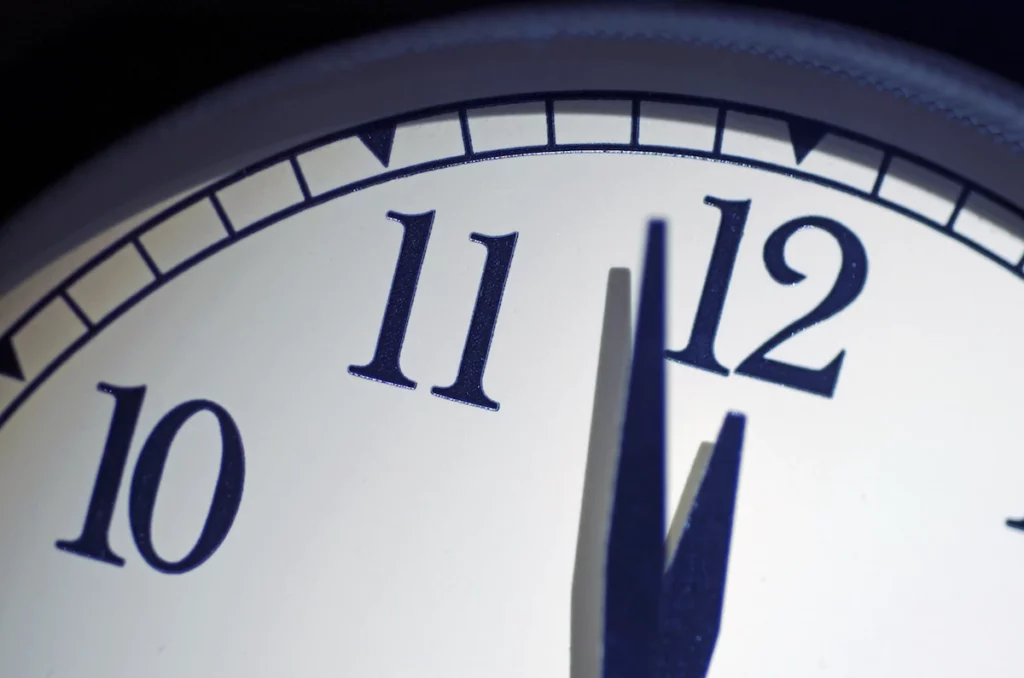
Just when you thought it was safe to go back in the water . . .
Bulletin of the Atomic Scientists “PRESS RELEASE: Doomsday Clock set at 90 seconds to midnight“
The Doomsday Clock was set at 90 seconds to midnight, due largely but not exclusively to Russia’s invasion of Ukraine and the increased risk of nuclear escalation. The new Clock time was also influenced by continuing threats posed by the climate crisis and the breakdown of global norms and institutions needed to mitigate risks associated with advancing technologies and biological threats such as COVID-19.
I must admit, it has been some time since I’ve given much thought to the Doomsday Clock. But, really, who better to assess the state of global affairs than these guys:
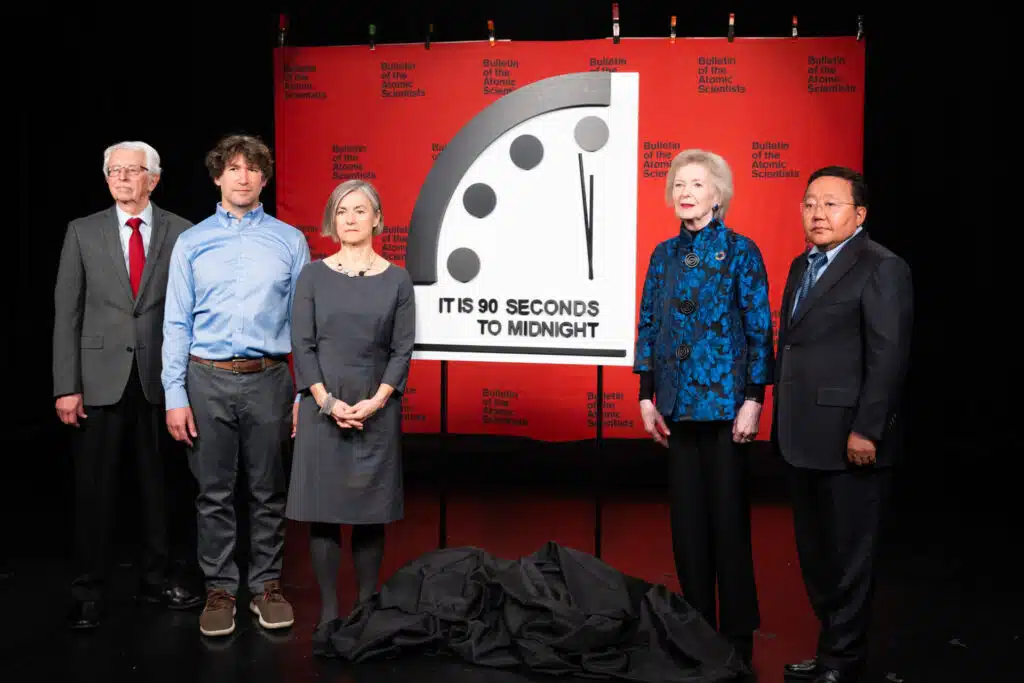
No, seriously, while I’ve long been bemused that Atomic ScientistsTM are somehow the best judges of the threat of nuclear apocalypse and the like, the panel in charge with moving the clock hands is diverse and accomplished. And the threats are, of course, real:
Rachel Bronson, PhD, president and CEO, Bulletin of the Atomic Scientists, said: “We are living in a time of unprecedented danger, and the Doomsday Clock time reflects that reality. 90 seconds to midnight is the closest the Clock has ever been set to midnight, and it’s a decision our experts do not take lightly. The US government, its NATO allies and Ukraine have a multitude of channels for dialogue; we urge leaders to explore all of them to their fullest ability to turn back the Clock.”
The Doomsday Clock’s time is set by the Bulletin of the Atomic Scientists’ Science and Security Board with the support of the Bulletin’s Board of Sponsors, which includes 10 Nobel Laureates. Previously, the Doomsday Clock had been set at 100 seconds to midnight since 2020.
The Doomsday Clock statement explains that “Russia’s war on Ukraine has raised profound questions about how states interact, eroding norms of international conduct that underpin successful responses to a variety of global risks. And worst of all, Russia’s thinly veiled threats to use nuclear weapons remind the world that escalation of the conflict—by accident, intention, or miscalculation—is a terrible risk. The possibility that the conflict could spin out of anyone’s control remains high . . .. Russia has also brought its war to the Chernobyl and Zaporizhzhia nuclear reactor sites, violating international protocols and risking widespread release of radioactive materials. Efforts by the International Atomic Energy Agency to secure these plants so far have been rebuffed.” The statement has been translated into Ukrainian and Russian.
Mary Robinson, Chair of The Elders and former UN High Commissioner for Human Rights, said:
“The Doomsday Clock is sounding an alarm for the whole of humanity. We are on the brink of a precipice. But our leaders are not acting at sufficient speed or scale to secure a peaceful and liveable planet. From cutting carbon emissions to strengthening arms control treaties and investing in pandemic preparedness, we know what needs to be done. The science is clear, but the political will is lacking. This must change in 2023 if we are to avert catastrophe. We are facing multiple, existential crises. Leaders need a crisis mindset.”
Ban Ki-moon, Deputy Chair of The Elders and former Secretary-General of the United Nations, said:
“Three years ago, I helped unveil the Doomsday Clock when its hands were last moved. Today they are even closer to midnight, showing how much more perilous our world has become in the wake of the COVID-19 pandemic, extreme weather events and Russia’s outrageous war on Ukraine. Leaders did not heed the Doomsday Clock’s warnings in 2020. We all continue to pay the price. In 2023 it is vital for all our sakes that they act.”
Elbegdorj Tsakhia, former President of Mongolia and member of The Elders, added: “As a former President of a country landlocked between two large powers, I know how important international diplomacy is when it comes to tackling existential threats. Today our world faces multiple crises. A common thread runs through them all: failure of leadership. We need a collective response rooted in the spirit and values of the UN Charter that can put us back on a pathway to peaceful co-existence and sustainable development.”
Sivan Kartha, PhD, senior scientist, Stockholm Environmental Institute, lead author for the IPCC Sixth Assessment Report, and member, Science and Security Board (SASB), Bulletin of the Atomic Scientists, said: “Dealing with the crisis of climate change requires faith in institutions of multilateral governance and cooperation. The geopolitical fissure opened by the invasion of Ukraine has weakened trust among countries and the global will to cooperate.”
Suzet McKinney, DrPH, Principal and Director of Life Sciences, Sterling Bay, and member, Science and Security Board (SASB), Bulletin of the Atomic Scientists, said: “Devastating events like the COVID-19 pandemic can no longer be considered rare, once-a-century occurrences. However, disease-induced disaster can be avoided if countries around the world cooperate on global health strategies.”
Steve Fetter, PhD, dean of the graduate school and professor of public policy, University of Maryland, fellow, American Physical Society, member, National Academy of Sciences Committee on International Security and Arms Control, and member, Science and Security Board (SASB), Bulletin of the Atomic Scientists, said: “Even if nuclear use is avoided in Ukraine, the war has challenged the nuclear order—the system of agreements and understandings that have been constructed over six decades to limit the dangers of nuclear weapons.”
There’s a further breakdown of their assessment at the link but you get the idea.
To the extent that these periodic updates and warnings capture the public imagination and influence policymakers, it’s to the good. Still, the “doomsday” language is rather silly at this point. Moreover, in relation to the long history of the “clock,” currently being a mere 90 seconds from “midnight” is positively laughable.
The release declares that we are in “A time of unprecedented danger” and notes “The Clock now stands at 90 seconds to midnight—the closest to global catastrophe it has ever been.”
Sure enough:

And, yet, that can’t possibly be right. Surely, we were in far greater danger at multiple times during the Cold War than we are today? The Cuban Missile Crisis—at which point we were a positively luxurious 7 minutes from midnight—is the most obvious case. We were in DEFCON 2, the highest alert level without actually being in a nuclear war, then. (Oddly, we raised it to that level at the outet of Desert Storm as well.)
Indeed, a large problem with the “clock” is that, in order to get any traction at all, it has to be fairly close to midnight at all times, creating an asinine scale. At its launch in 1947, it was 23:53. It got to 23:57 two years later when the Soviets tested their first atomic bomb and to 23:58 the next year when the US tested its first thermonuclear device. It mostly moved in a positive direction in the years after to reward various arms control agreements but then came back to 23:58 in 1984 as Reagan placed Pershing II missiles in Western Europe.
The signing of the START I treaty in 1991 marked the epitome of peaceful coexistence in the eyes of the Scientists—-yet the clock was still at 23:43. So, 17 minutes from the obliteration of life on earth was the high water mark!
Again, all of the moves (which you can see summarized on the Wiki) more-or-less make sense in their own terms. And, in some ways, nuclear proliferation such that India, Pakistan, and North Korea does make the world a more dangerous place. But, again, the notion that global annihilation is closer today than it was in the midst of the Cuban Missile Crisis is absurd.
But, sure enough, the Scientists declared in 2018 that we were in the most dangerous point in the then-51-year history of the clock. And, since global leaders didn’t fix the issues that were being highlighted, it has ratcheted—in mere seconds for the first time in the history of the device—ever more dire since.
All in all, it’s just not very scientific.

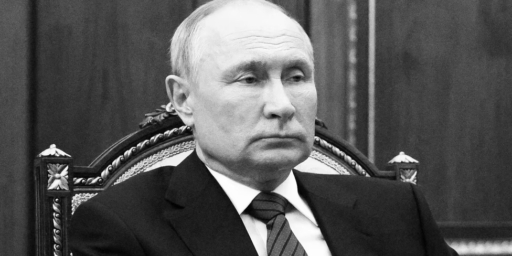
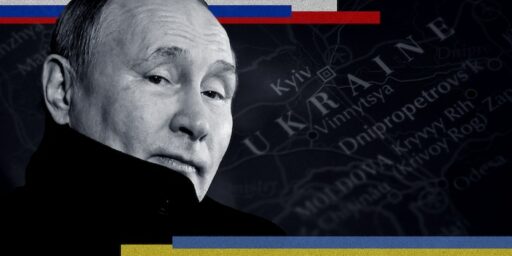
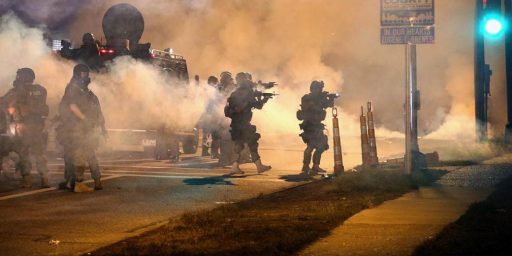
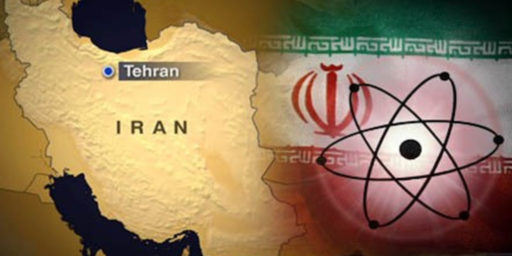
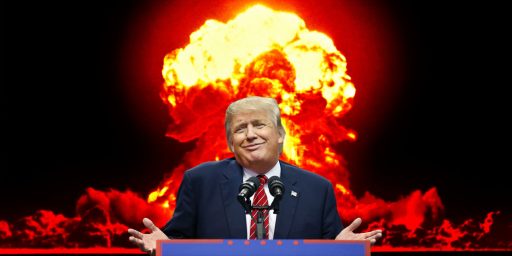
Yawn, I’m going back to sleep, wake me when it’s dinner time.
During the Cuban missile crisis there were enough missiles to kill tens of millions and destroy dozens of major cities, but not enough to send us back to the stone age. Of course, if I remember correctly, we only realized how few missiles the Soviets had after the USSR fell.
We also were not in imminent danger of catastrophic flooding. Right now there is a non-trivial chance that we could see 10-20 feet of sea rise and it could happen within a few years. Considering the percentage of the worlds population that would be drowned either directly or in a storm surge, that’s just a whole different level of economic peril.
The prospect of nuclear war should be frightening enough without having to resort to voodoo marketing gimmicks. Meanwhile, a group of scientists producing a non-scientific time measurement is more a reflection of the time we have left until science is overtaken by the luddites.
When you have to finish two big proposals by tomorrow, and await the uncertain arrival of 150 samples, which you then have to check, sort, label, and pack, you kind of wish the clock read 2 femtoseconds to midnight.
Burning fossil fuels puts rising levels of carbon dioxide, a greenhouse gas, in the atmosphere and will change our climate.
Ho hum.
If we don’t do something the world could get several degrees C warmer.
What’s a C?
Seriously, if we keep going we’ll see rising sea levels, loss of crop land, more severe storms, and mass migration.
Whatever.
Goddamit, coastal cities will flood, large parts of the world will be uninhabitable, and millions of people will die.
Why are you liberals always so shrill?
As a very (very!) mild defense of the clock, it’s changed very rarely and only after a decision on the overall path of world interaction. An event that lasts a few weeks such as the Cuban missile crisis is never going to impact it. I mean, they are just now moving it for reasons including the invasion of Ukraine, which is almost a year old.
I agree the whole thing (particular the scale putting us always close to midnight) is ridiculous. But it’s not really fair to compare today to a single relatively short event 80 years ago. Heck, arguably the most dangerous time for the modern world is the infamous incident where Russian software in test mode accidentally sent alerts to their command that the US had launched and missiles were incoming. September 1983. Alarms blaring, red lights flashing, system reporting multiple missiles detected launching from the US and confirmed incoming…One Russian duty officer (Stanislav Petrov) decided it had to be a system malfunction and didn’t pass the alert along. He admitted later he wasn’t 100% sure he was right and believes that a different duty officer could have very easily made a different decision. If he had followed procedure (and oh how tempting it must have been to pass the buck for anyone let alone someone in the military–and Russian military–where strict following of orders is encouraged!) and reported the alert to high command they certainly wouldn’t have any additional information to say it was a false alarm. Get on the red phone and do you believe the Americans saying “no we didn’t” or do you launch to prevent a first strike wiping you out without retaliation? We were *THIS* close to nuclear armageddon. So they should have set the clock to 11:59:59.999999? 🙂 Again, it’s just not designed for short term event analysis.
I knew this meant something, I KNEW it!!
Last ones to see this were Neanderthals…and where are they now?
@dazedandconfused:
There’s no way to tell how bright the comet was on its previous go round, so the Neanderthals might not have even seen it.
I concede, though, it’s likely they did, if its close approach was on Earth’s side of the Sun.
Still, it’s not clear whether they all went extinct, or they merged with H. sapiens.
Of course, the latter might make you want to paraphrase Zathras: Either way, bad for poor Neanderthals.
And all this before we knew an asteroid will pass very close to the Earth.
3,600 kilometers is a fraction of a tiny percent of a gnat’s eyelash as such things go. Imagine a bullet passing by your head with an epithelial layer’s worth of clearance. I think some probes we’ve launched deliberately for close fly-bys of other planets haven’t come this close. New Horizons had a closest approach to Pluto of over 12,000 kilometers.
Incidentally, Earth will alter the asteroid’s orbit, much as probes get gravity assists from other planets.
They get their name in the news, nothing but a publicity stunt to remind folks that they’re still around. They should rename themselves the Bulletin of the Atomic Political Scientists, few “hard” scientists in that group for many decades. In the 90s I worked in NBC (Nuclear, Biological and Chemical) Arms Control just after the fall of the USSR, which is pretty much an almost dead field today (= no money). There are a few good folks and organizations still around but it doesn’t get the big bucks today (Middlebury Inst in Monterey, Arms Control Association, some stuff at Princeton, and a couple of folks at Brookings off the top of my head, sure I’m missing someone as I’m dated in the field – but I was on the technical expert end – and a few weeks back I had to look up stuff on the Chart of the Radionuclides that I used to have memorized (was about Pu production). Sarcasm – so obviously Biden is way worse than Trump for the safety of the world (so they endorse Trump 2024 over Biden???).